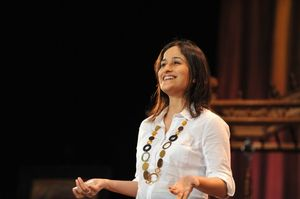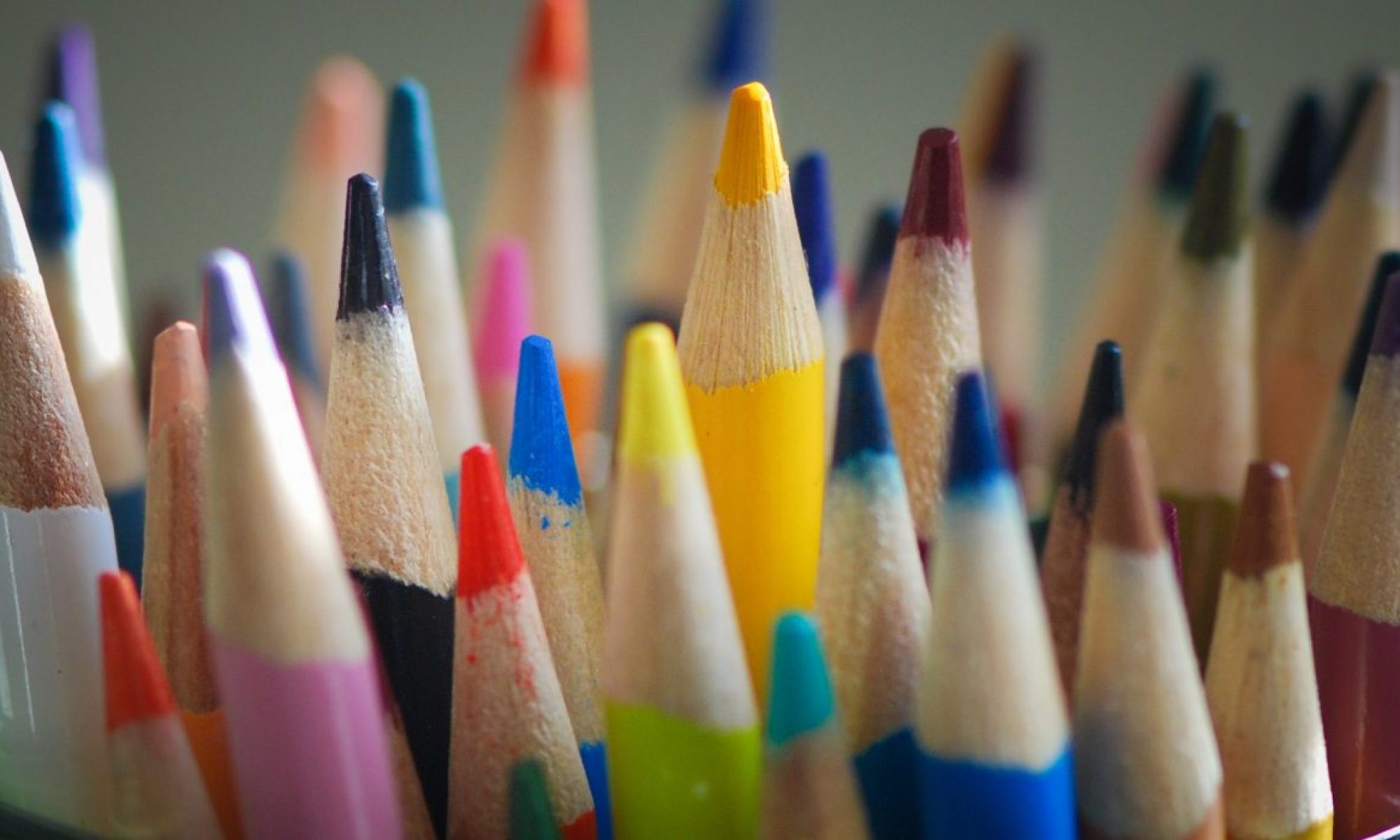 Educator Kiran Bir Sethi shared this inspirational message in November 2009, so perhaps you’ve already heard the story of how she and her colleagues in India’s Riverside School empowered their students to lead change among themselves, their school, their community, and their country. I just recently viewed this talk and found her message to be so simple, so real, and so attainable that I wished to share it with you.
Educator Kiran Bir Sethi shared this inspirational message in November 2009, so perhaps you’ve already heard the story of how she and her colleagues in India’s Riverside School empowered their students to lead change among themselves, their school, their community, and their country. I just recently viewed this talk and found her message to be so simple, so real, and so attainable that I wished to share it with you.
Sethi sought to design a process that could “consciously infect the mind with the “I Can Button.” She believed that if learning was embedded in real world contexts, thus blurring the boundaries between school and life, that children would embark a meaningful learning journey. The steps of this process involve students seeing the change, changing themselves, and then leading the change in others.
Aware – Enable – Empower
Feel – Imagine – Do
This process directly increased student well-being and allowed students to become more competent and less helpless in their own learning. I was so intrigued by Sethi’s descriptions of the authentic examples of how her students changed the perceptions of child labor in their community. Having first lived the experience, they enabled themselves to transform their own thinking. These experiences changed mindsets. They caused her students to passionately educate and lead adults in their community to understand more about this issue. And these weren’t high school students taking to the streets with their message- these were 10 and 11-year olds.
The “I Can” mindset is a shift from “teacher telling me” to “I can do it.” Isn’t this what we want for all of our students? How can we make this happen in our classrooms on a daily basis? This technique may seem well-suited for lessons involving the social sciences, but what about math? Reading? What about the pressures for students to succeed on those pesky standardized tests?
The Riverside School parents had the same questions. While they appreciated that their children were becoming better human beings, they said to Sethi, Show us the grades. As she replied in her talk, And we did. Her students outperformed the top 10 schools in India in math, reading, and science. When children are empowered, they have the tools they need to do well in all aspects of their lives and education.
The Riverside School students influenced their city to devote time and “give to the children” because in the future, the chlidren will give back to the community. As we debate over tax increases to fund our schools and deal with incessant budget crises across our nation and beyond, I sometimes think our taxpayers and politicians fail to recognize that an investment in our students’ education is an investment in human capital. We want our children to return to the communities that educated them, and use their gifts to enhance our lives in many ways. Sethi’s students inspired their communities to recognize this important fact.
Sethi ends with, Contagious is a good word. As we work to inspire children to say, “I can,” their enthusiasm will empower us as a learning community to say, “We can.”
How will you infect your learning community this year?

Lyn,
What a great post about Kiran Bir Sethi’s TED talk. Back in January, I blogged a post about her talk, too: http://itsaboutlearning.wordpress.com/2011/01/12/contagious-i-can-we-can/ Thought I would share.
Take care,
Bo
There are great resources within your post itself and the comments below! Thank you for the link to your post and for reading!